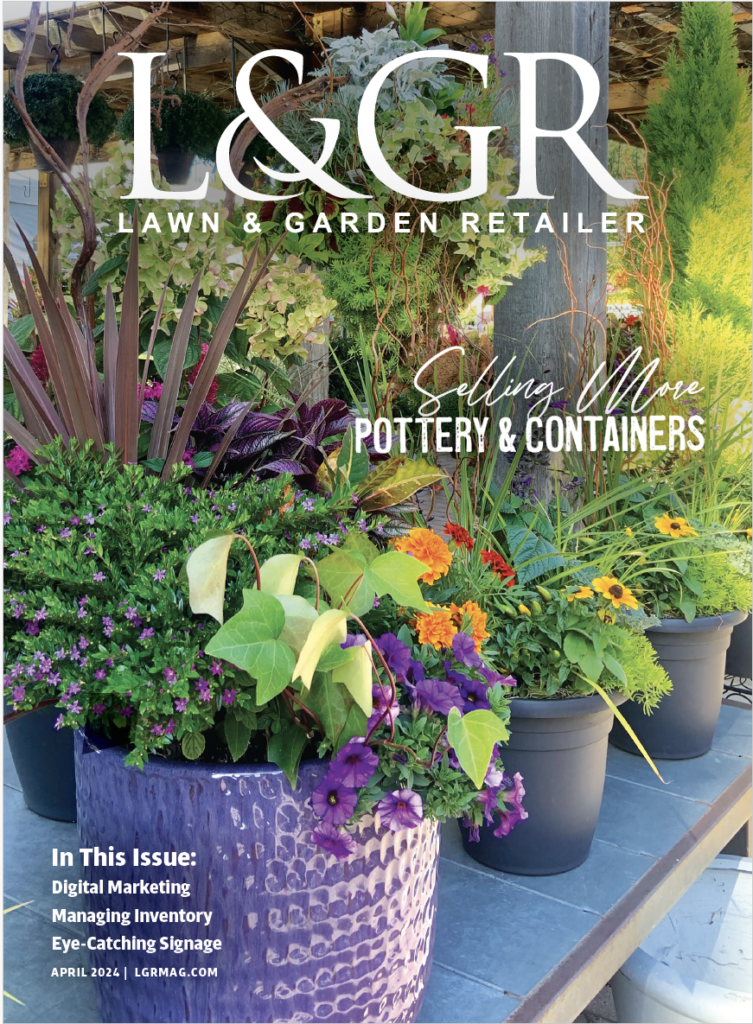Kitsch: Classic and Cool in Your Garden

When used in moderation, kitsch items can add new life to your garden.
When I first think of “kitsch,” the image of my former art teacher always pops up: He stood next to a painting, pounded on the wall and stated loudly, “This is kitsch! KITSCH!” The students, myself included, didn’t know whether to laugh or try to escape; luckily we moved onto another work shortly after and were mainly left without a real grasp of what the term meant, although it seemed able to inspire emotion.
The American Heritage Dictionary defines kitsch as “sentimentality or vulgar, often pretentious bad taste, especially in the arts.” But that’s just the dictionary’s definition. Sometimes bad is good, right? Decorative kitsch isn’t necessarily a bottomless collection of random plastic items sitting in your yard (or piled on a table in your store!); it can be used in a tasteful and fun way to add color to your garden. The continuing trend of making yards and gardens an extension of the home and the idea that one’s backyard can be used as another living area fits in perfectly with the idea of using “tasteful kitsch” to reflect your unique personality in your decorating.
Keys to Kitsch
The key to kitsch decorating is not overdoing it. While one garden gnome can be cute, 50 of them will most likely be rather terrifying. One option is to incorporate kitschy items into displays and gardens without making these items the entire attraction. Accent pieces are intended to be just that: accents. Kitsch items are colorful by nature, so choose ones that complement colors existing in your garden or store already. Perhaps a bright red mobile would draw attention to your tulips? Or maybe a tin yellow fish-shaped garden stake will make your pink Stargazer lilies look more vibrant. Colorful bottles can be added to tree branches as leaves drop in autumn and throughout winter, making the bare branches appear less bleak. “Garden is art, and art is a part of the garden. We realize these two things belong together,” says Holly Shimizu, executive director of the United States Botanic Garden in Washington, D.C., in an interview for CantonRep.com. She adds, “It’s a strong new trend with American designers, many of whom are artists who’ve turned to gardening.” Designing a garden can definitely be a form of art, and it is up to the retailer to ensure that customers have all kinds of resources at their disposal in order to create the garden artwork most pleasing to them.
Retro Kitsch?
Sometimes the line between “kitsch” and “retro” can be blurred, opening up this theme to more choices in decorating and design. The pink plastic flamingo is a classic example of a more retro-kitsch look. The suggestion here is not to create an entire flock, but many customers may appreciate a few sticking out among your outdoor displays. Colorful metal or plastic garden furniture helps to work toward the creation of an outdoor room and will nicely accent the garden while creating a comfortable place in a backyard. Kitschy outdoor lighting can also be used in a garden. There’s a wide variety of this kind of decoration, from colorful plastic flowers and stylized insects to seasonal items, such as pumpkins and Santa Claus figures.
It’s possible to find kitschy items that will fit any holiday. During the holiday season, this can lead to especially fun décor. Oversized Christmas lights in bright jewel tones are an obvious possibility. Draped along the top of a porch or adorning the ceiling of a gazebo, such lights will be sure to draw attention. Additionally, when merchandising products, lights will draw customers’ attention to displays more readily, causing them to not only focus on the lights but also the products in their immediate vicinity.
Perfect Placement
Figurines are the height of kitsch, and these can be used both inside the home and outside in the garden. Strictly seasonal or just kitschy fun: Use your judgment to choose which will best accent your style. In his article “Art in the Garden,” Briscoe White writes, “Garden art and accessories are meant to accent or draw attention to a specific area. They lead the eye from point to point and provide a visual bridge through every season, so put the same amount of effort into planning your garden décor as you do into planning your garden.” A well-placed statue will add interest to part of a garden, but be sure to choose items that are size-appropriate. A garden gnome will look out of place (and quite tall) surrounded by short calibrachoa just as a tiny frog statuette will be lost in a jungle of hydrangea bushes. Yet placed by a pond, the same frog could be perfectly charming. When merchandising for the holiday season, choose a variety of sizes and models that can be displayed either in groups or separately that way, customers will be able to choose the items that best fit their own style and space.
Glass can be an interesting medium, and is often seen in globes and hanging ornaments. Try hanging some glass globes of different sizes and color from tree branches. In the sun, they’ll shine beautifully as leaves fall.
A Splash of Color
Now I can move onward from my first, quasi-terrifying art experience with kitsch and find myself looking into my own kitchen. My roommate has hung up a string of bright red, purple and orange plastic parrot lights. Each plastic bird is about two inches long from head to tail feathers and is lit from a tiny interior light bulb (like those used for Christmas trees). She plugs in the strand, creating a gentle glow along the cabinets. “They were so funny… I thought they might make it a little brighter,” she explains. “They’re just so kitschy!” I reply with an approving laugh. And I must admit, I do think that the parrots will be a great addition to the kitchen, especially during the gray Chicago winters. It’s always nice to have some color, even if it’s faintly ridiculous; that’s what kitsch is all about.

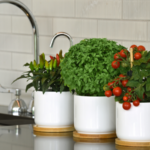

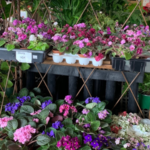
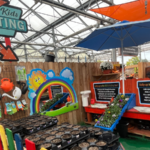
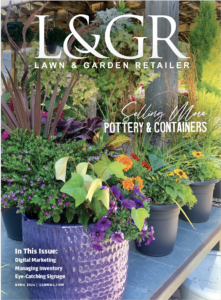


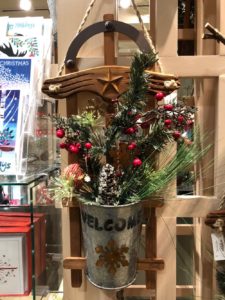
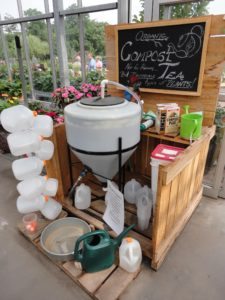



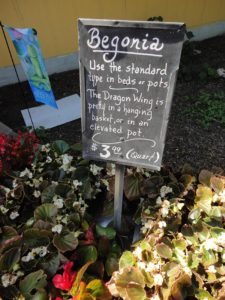
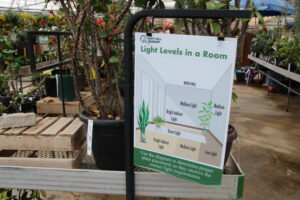
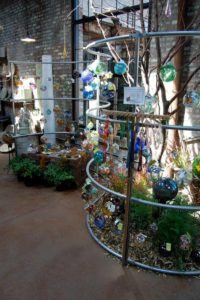


 Videos
Videos




